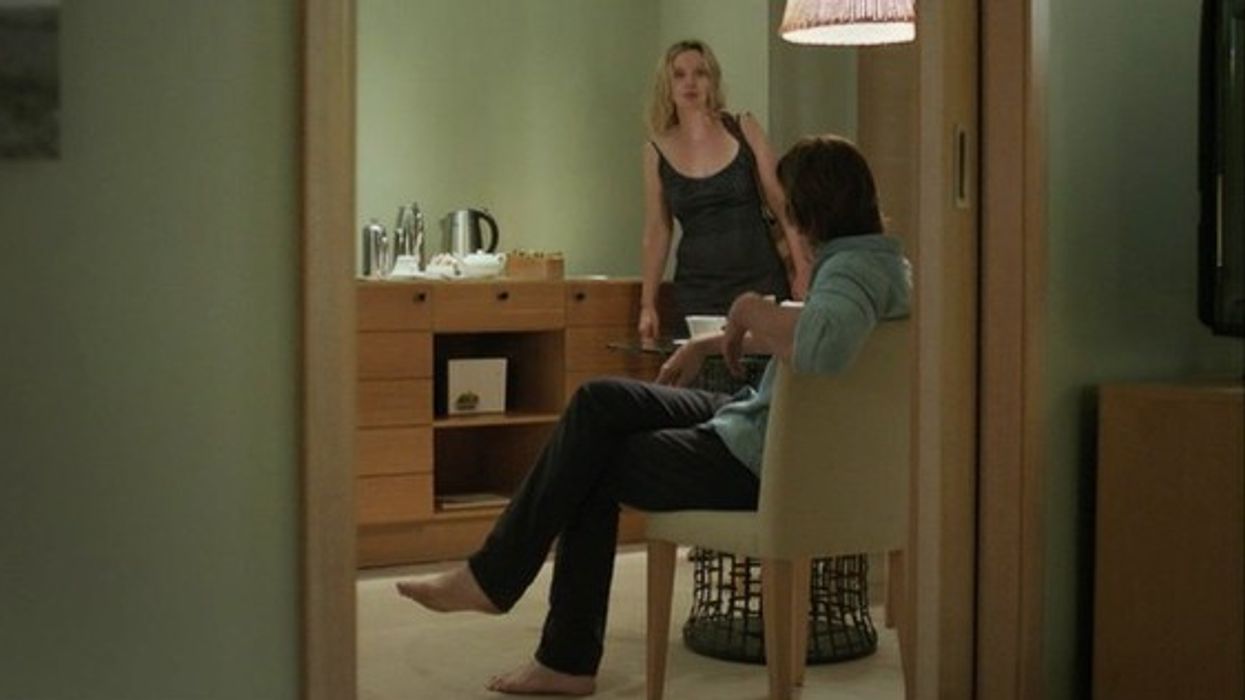The Art of Creating an Interesting Dialogue-Heavy Scene
This scene will teach you how to spice up your long dialogue scenes.

Realistic dialogue can be challenging to write, but capturing that dialogue in an engaging and realistic style is a whole other challenge. How can you transform a simple conversation or argument into a memorable scene that will evoke a specific mood from your audience? Well, look no further than Richard Linklater’sBefore trilogy.
The Before trilogy infamously doesn’t have much going on throughout its plot. Instead, the films focus on the beauty of dialogue and how it can create a minimal style of storytelling that explores romantic love over time. Director and writer Richard Linklater crafts each dialogue-heavy scene to stay interesting as it plays to the emotions between Jesse (Ethan Hawke) and Céline (Julie Delpy).
Lessons from the Screen breaks down how Linklater and editor Sandra Adair create an engaging and realistic dialogue scene through the subtext, movement, location, and pacing in the climax hotel scene inBefore Midnight. You can check out the full video below.

The moment is then suddenly interrupted by a phone call from Jesse’s son. Céline leaves the bed, moving to the other side of the space, and the camera establishes a new angle. Both characters are shot across from each other in a medium shot with a door frame making a great physical barrier between them, becoming a metaphor for the growing distance between them. When the argument begins, the blocking changes to a reverse shot for each of them as opposed to before when they shared the frame. The shift of emotions is marked by the slight change in blocking and becomes a visual representation of the unspoken feelings of the characters.
As the argument escalates, the framing shifts perspective, focusing on whoever is leading the conversation, demanding the other and the audience to focus on what they are saying. These shots are consistent throughout the long scene, becoming visual cues for the audience as it heightens the tension of the moment. Linklater and Adair are aware of how important it is to sit with a moment, and they never rush into a new angle or new setup for the sake of visual variety.
The argument continues as Céline and Jesse go about mundane tasks to keep themselves busy as they talk with each other. Adair keeps shots going as the characters move through spaces, making tea or going to the restroom, to keep the conversation casual and as realistic as possible.
The scene ends with the camera in a wide shot from the other room as Céline leaves the hotel room, and we sit with Jesse in the furthest and widest shot possible. This is the least intimate moment of the night, and we, too, feel like there is no love between the two characters. From Jesse’s perspective, the camera cuts to insert shots of objects in the room, reminding us of everything that has happened in the scene while emphasizing his loneliness.
Creating dynamic and strong dialogue scenes like the hotel scene from Before Midnight requires a tight script, multiple rehearsals, creative staging and blocking, excellent performances from the actors, and meticulous editing. Art needs structure and pacing to effectively communicate meaning to the audience, and these things will help you establish the subtext, movement, location, and pacing of a heavy dialogue scene.
Do you have a favorite scene from the Before trilogy? Let us know why you love it in the comments.
Source: Lessons from the Screen

 'Anora'Neon
'Anora'Neon Annie Johnson Kevin Scanlon
Annie Johnson Kevin Scanlon









